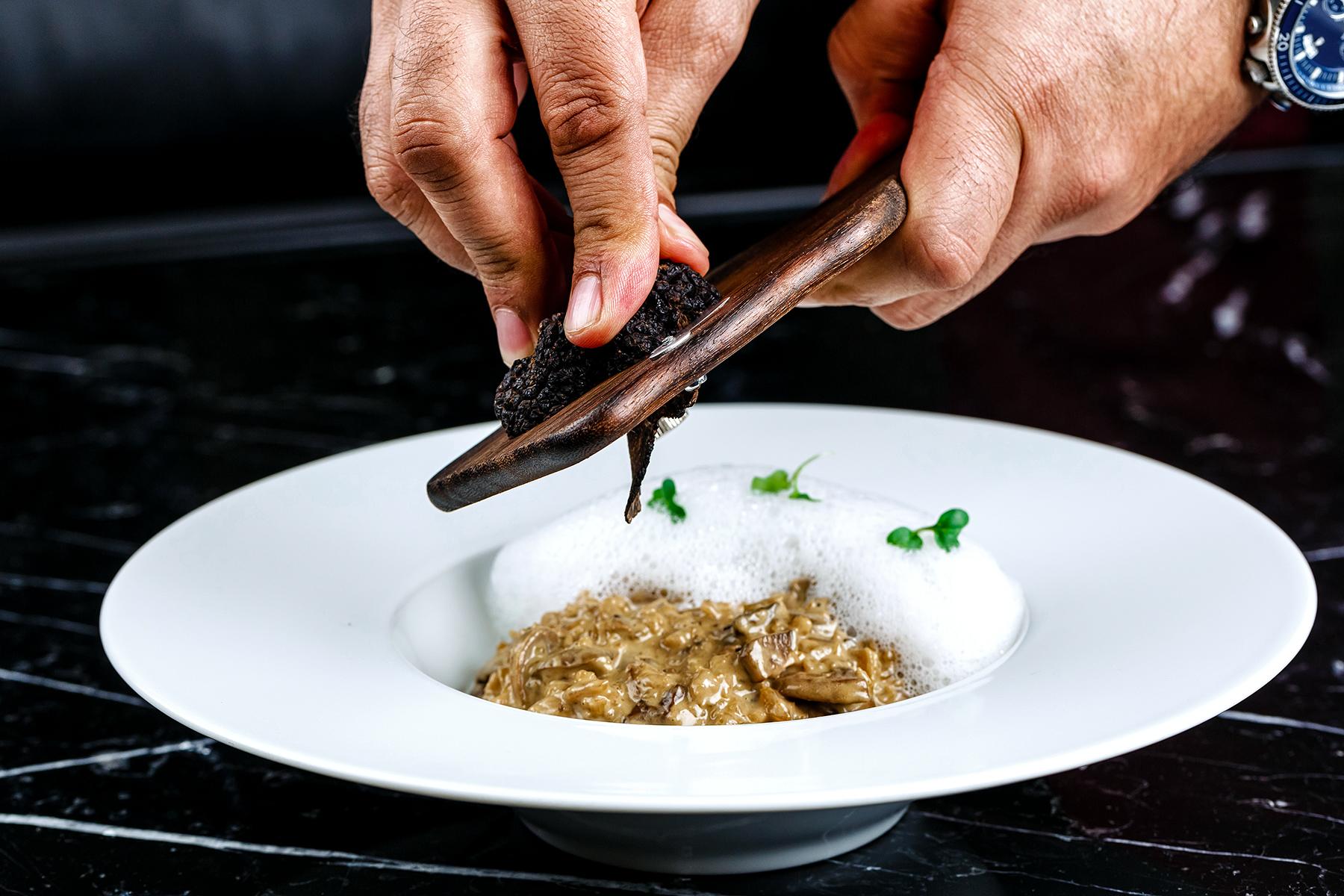From strands of saffron to pearls of snow-white caviar, these are some of the priciest pantry products on the planet. They’re worth their weight in gold—and laced with it, too.
Indonesia’s Kopi Luwak, or civet coffee, famously sells for upwards of $50 for a single espresso. In January, a quarter-ton bluefin tuna made headlines when it sold for a record $3.1 million at a Tokyo fish auction. These famously pricey ingredients are just the tip of the pricey-ingredient iceberg. Super-rare mushrooms, spices, and even potatoes have found themselves on the list of the most expensive and most sought after food items in the world. The next time you’re at a high-end epicurean auction and in for a splurge, raise your paddle and place your bid on one of these 10 lavish pantry items that are so prized, they’re some of the most expensive food items in the world—as well as some of the most sought-after.




